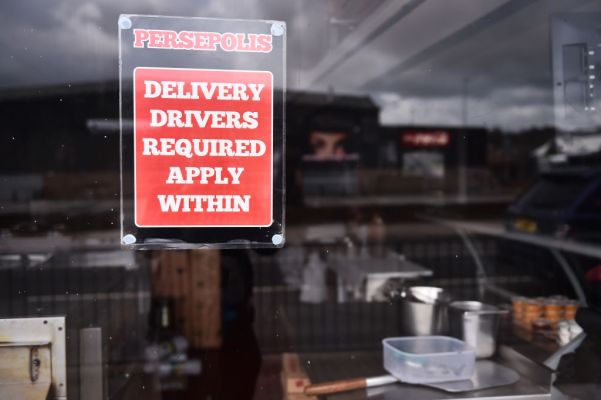The current driver shortage in the U.K. highlights the precarious and unpredictable nature of home delivery logistics in e-groceries. Although the market for e-groceries is bigger than ever, the shortage of drivers might trigger a new e-grocery megatrend in the U.K.
Costs of both first-mile and last-mile delivery are going to rise, but it’s the last mile where customers are going to see the biggest price pinch. Exactly by how much is hard to say, but depending on the scale of the impact, we could be seeing the start of a rebalancing of last-mile preferences for U.K. e-grocery consumers, with click-and-collect pickup playing a much larger role than ever before.
This is potentially good news for grocery retailers with a store network. They are the market players that can easily and — most importantly — profitably provide click-and-collect services at scale. A store network has often been considered more of a curse than a blessing in the e-grocery surge, but in this case, it might be one of the best assets.
The U.K. has historically been a majority home-delivery e-grocery market, with plenty of hyperlow delivery price options to tempt and retain customers. In addition, “quick commerce” has seen a big uptick in interest, with small orders delivered at lightning speed, sometimes within 15 minutes. Often backed by venture capital, they might be offering relatively low delivery costs or even running at an overall loss to gain market share.
But all home delivery customers, whether they’re weekly shoppers or just need a few items in a hurry, are dependent on the cost of the last mile being low enough for the service to remain economically viable in the long term.
The key question is this: At what price are today’s home-delivery customers going to reconsider their luxury service as unaffordable? That the market has significantly increased due to the pandemic inevitably means a greater percentage of more price-conscious customers.
Grocery retailers in the U.K. are already targeting these, for example, with yearly free delivery passes, but the driver shortage may make them reconsider the profitability of such offers. Just last month in the U.S., Amazon increased the price of its Whole Foods home delivery services, signifying the potential for a broader correction in the e-grocery home delivery market globally.
Internationally, home delivery of e-groceries is not as popular as it is in the U.K. In France, a country of equal size, drive-thru and at-store pickup are by far the most popular choices. In the U.S., click-and-collect overtook home delivery as the most popular last-mile choice in spring 2021.
One market that’s seen a similar trend is Sweden, where click-and-collect was more popular than home delivery by late 2020, but they have historically had to deal with extremely high labor costs, even without a driver shortage.
In-store supermarket associate costs start at £25 an hour in Sweden, and the price of labor in general is at the top of all global rankings. With their labor prices, even the tiniest cost increase could turn a small margin into a hefty loss.
What has Sweden done differently to cope with high labor costs? In terms of pickup or click-and-collect, the country appears to be an outlier in terms of its enthusiastic adoption of temperature-controlled grocery lockers — still a rarity in the U.K.
I believe the key driver of this trend is that they can be completely unmanned, with customers picking up their orders without any staff interaction. Smartphones using app-based age-verification systems could be integrated into these solutions, driving further efficiency gains.
But the key point is that they are leveraging their existing assets — their stores and staff — to provide these solutions.
If the U.K. is moving toward a larger click-and-collect pickup market, pure online players and e-grocery tech startups are going to struggle the most to serve these customers. However, because click-and-collect is less costly to provide, grocery retailers with a brick-and-mortar store network are in a prime position to capture market share at speed and scale and, consequently, turn a profit.
The increasing prices as a result of today’s driver shortage could, paradoxically, create a far more profitable e-grocery opportunity for British retailers by driving click-and-deliver customers to click-and-collect.
